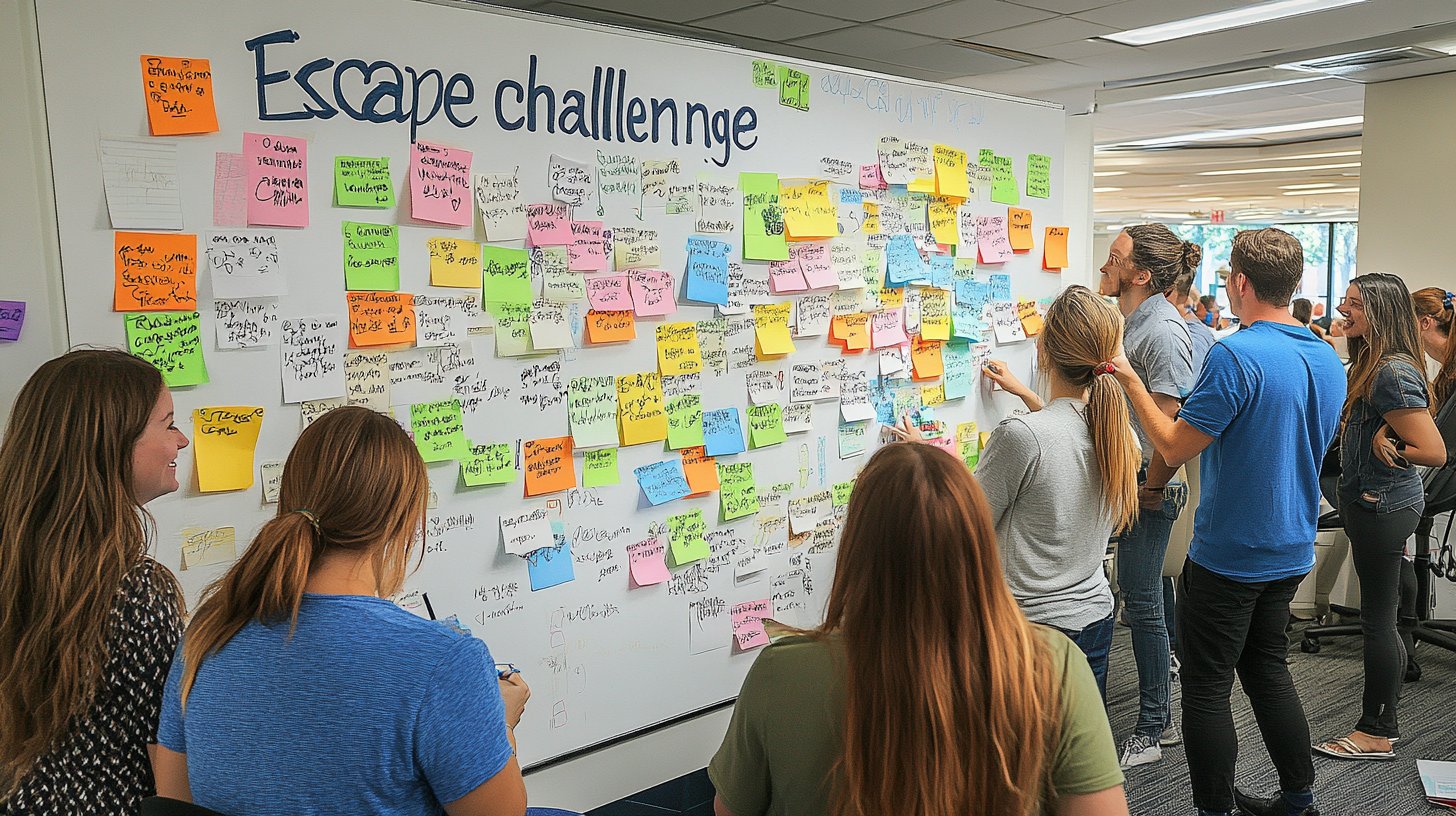Organizing a team outing may seem complex, especially when trying to meet the varied expectations of your team members. You’re likely aiming to strengthen bonds, foster communication, or simply offer a moment of relaxation. But how can you find an activity that appeals to everyone while aligning with your professional objectives?
Your concerns are valid: a poor choice could harm the experience, whereas a well-thought-out plan can transform a simple day into a powerful tool for cohesion. Planning, listening, and adapting become the pillars of your approach.
We’ll guide you step by step to make this outing a true success. You’ll discover practical advice, activity ideas, and tips to avoid pitfalls. Because beyond the activities, it’s human connection that makes the difference in a professional environment.
Define the Objectives of the Outing
The first step is identifying the objectives of the team outing. Are you looking to improve team cohesion, welcome new members, or simply provide a moment of relaxation and conviviality? Defining clear objectives will help in selecting the right activities and venues.
For example, to strengthen team spirit, opt for team-building activities that encourage cooperation and communication. Conversely, if your main goal is integrating new employees, prioritize activities that allow for informal interactions.
Benefits for the Company
A well-organized team outing can bring numerous benefits to the company. In addition to promoting collaboration and dynamism at work, it also helps create a sense of belonging among employees. This often translates into increased motivation and strengthened overall performance.
Such outings can also help reduce stress and regenerate the mental energy of participants. A well-deserved moment of relaxation after an intense work period can revitalize a team and improve its long-term efficiency.
Choosing the Right Type of Activity
The choice of activities plays a crucial role in the success of the team outing. It involves selecting activities that suit the preferences and personalities of the participants while staying aligned with the set objectives. Here are some popular ideas:
- Sports activities: such as a day of hiking, kayaking, or go-karting, perfect for boosting adrenaline and encouraging collective effort.
- Creative workshops: painting, cooking, pottery – ideal for fostering exchanges and discovering new skills.
- Role-playing games and simulations: escape rooms, murder mystery parties – to emphasize strategy and group problem-solving.
- Cultural outings: museum visits, exhibitions, theater – perfect for enriching participants’ knowledge.
Adapting the Activity to the Audience
It’s essential to adapt the chosen activity to the interests and physical abilities of the team members. Ask them directly or conduct a preliminary survey to understand their preferences and expectations.
Ensure the activity is accessible to everyone, including those with specific conditions. An activity that is too physically demanding might exclude some members, which would contradict the goal of team cohesion.
Planning and Logistics
Good planning ensures the team outing runs smoothly. Start by setting a date that suits most participants. Take into account vacation periods and professional obligations to avoid absences.
Then, book venues, check the availability of instructors or guides, and arrange for meals and drinks. Don’t forget to manage financial aspects and define a precise budget that covers all expenses related to the outing.
Communication with Participants
Informing participants early in the planning process can increase their interest and engagement. Share key information: date, location, planned activity, and required equipment.
Use various communication channels to stay in touch with the team and gather their feedback. Transparency and openness will foster a sense of involvement and allow adjustments to meet participants’ needs and preferences.
Post-Outing Follow-Up
After the outing, follow up to assess participants’ feedback and measure the benefits achieved. Send an anonymous survey or organize a debrief meeting to discuss the strengths and areas for improvement for future outings.
These insights not only help improve the organization of future events but also nurture a positive company culture based on listening and valuing every team member.
Reconnecting Through Shared Memories
Sharing photos or videos taken during the outing can enhance its impact. Create a dedicated space on the intranet or internal social networks where everyone can post their memories and comments.
Consider creating a collective photo album or a recap video. These initiatives foster a sense of belonging and recognition of shared efforts.
Tips for a Successful Team Outing
To maximize the chances of success, here are some practical tips:
- Inclusivity: ensure everyone is included. Choose activities suitable for all levels of physical fitness and abilities.
- Flexibility: plan alternatives in case of bad weather or unforeseen events. Good preparation minimizes disruptions.
- Activity mix: combine different types of activities to meet participants’ varied expectations. For example, alternate between a sporting activity and a creative workshop.
Anticipate Material and Logistical Needs
Planning the necessary equipment and accessories prevents last-minute inconveniences. Inform participants if specific attire is required and ensure adequate transportation arrangements.
A smoothly run event, free of technical issues, will enhance participants’ engagement and satisfaction.
Encouraging Engagement Through a Collaborative Approach
Involving team members from the planning phase sparks their enthusiasm. Create small groups responsible for specific tasks (logistics, communication, animation) and encourage everyone to share their ideas.
Regular meetings before the outing help coordinate efforts and keep everyone informed about progress. This active participation already nurtures a team spirit and sets the stage for a successful outing.







